2024.10.17

Mitsubishi UBE Cement Corporation is taking new steps toward carbon neutrality together with Osaka Gas, Mitsui & Co., Ltd., and others
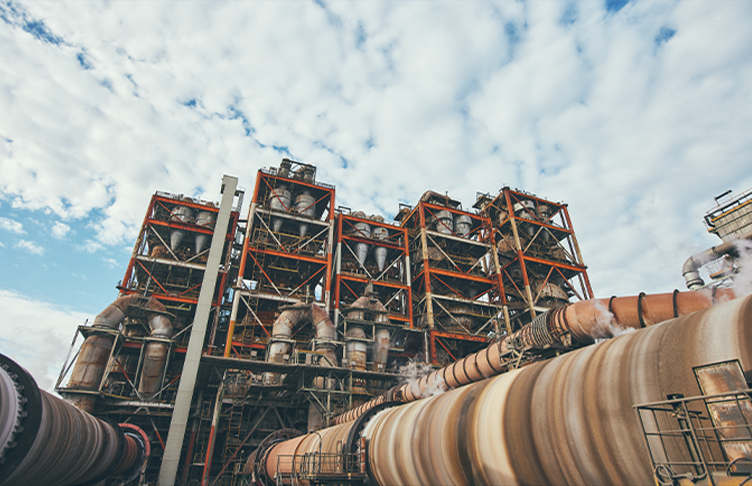
Mitsubishi UBE Cement Corporation is starting new engagement with environmental measures such as CCUS and CCS. Let’s look at the unique circumstances and future prospects for the cement industry.
Mitsubishi UBE Cement Corporation is taking new steps in its environmental measures. In
March of 2024, the company started a joint examination into carbon capture, utilization and
storage (CCUS) for CO2 emissions with Osaka Gas Co., Ltd. (hereinafter referred
to as “Osaka Gas”), aimed at carbon neutrality in the cement manufacturing process. Then in
April, this was followed by the announcement of a joint study with Mitsui & Co., Ltd. which
was launched to build a value chain related to carbon capture and storage (CCS) at a
CO2 storage site being developed jointly with Malaysian state-owned oil company
and others.
These efforts are based on Mitsubishi UBE Cement Corporation’s medium-term management
strategy announced in April 2023, Infinity with Will 2025 — MUCC Sustainable Plan 1st Step,
with the company aiming at a 40% reduction in CO2 emissions from 2013 levels by
2030, and to achieve group-wide carbon neutrality by 2050. With a focus on these
initiatives, its policy is to continue contributing to the achievement of carbon neutrality
through collaborating with other industries and local governments.
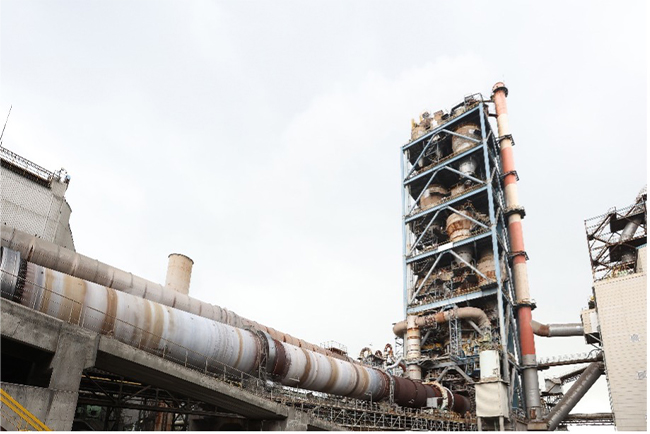
Ube cement plant
Strengthening new efforts for CCUS, CCS
Next, let’s take a look at the specific details, turning first to the CCUS initiative with
Osaka Gas. It involves the recovery of CO2 emitted from thermal energy and cement
raw materials in cement kilns (furnaces used to make cement) at Mitsubishi UBE Cement
Corporation’s Kyushu Plant (Miyako-gun, Fukuoka Prefecture), which has the largest cement
production capacity in Japan. Mitsubishi UBE Cement Corporation will jointly build a value
chain for e-methane production and evaluate the economics side of such operation. It will
involve CO2 separation and recovery, liquefaction/storage, marine transportation
of liquefied CO2, and underground storage of CO2 for the purpose of
injecting and storing it deep underground and reusing it as e-methane.
Next, let’s take a look at the CCS initiative with Mitsui & Co., Ltd. Jointly with the CCS
business of a Malaysian state-owned oil company and the CCS business of French integrated
energy company TotalEnergies, Mitsubishi UBE Cement Corporation is planning to develop CCS
offshore Malaysia and start a storage business by around 2030. The project will involve
processes ranging from the separation and recovery to the liquefaction and storage of
CO2 emitted by Ube Cement Plant (Ube-shi, Yamaguchi Prefecture). In addition, it
will be responsible for operations ranging from the marine transport of liquefied
CO2 to Malaysia to the underground storage of CO2 off the coast of the
country. Mitsubishi UBE Cement Corporation will also investigate and study the necessary
technical requirements and costs for the establishment of a series of value chains.
Alliances with other companies are critical to building value chains
Presently, as a result of repeated mergers in Japan’s cement industry, the three leading
companies, including Mitsubishi UBE Cement Corporation, account for about 80% of the market
share. Cement operations necessitate large limestone mines and plants as well as a great
deal of heavy equipment, so there are few opportunities for ventures with limited funds to
enter the market. Also, there are hardly any imports due to the issue of transportation
costs and the different quality standards in each country. Therefore, competition is almost
exclusively from domestic companies in the same industry, and this is a characteristic of
the industry. Kenichi Goto, , Assistant Manager, Carbon-neutral Technology Promotion Office,
Global Environment Preservation Project explains the current state of the industry as
follows.
“Ten years ago, the domestic demand for cement was at about 45 million tons annually, but
currently it’s less than 35 million tons. Demand may appear high in urban areas such as
Tokyo, but demand in rural areas is not growing as it did in the past, and we’re seeing
annual declines in overall domestic demand. Also, labor shortages are becoming more serious
at construction sites, and construction schedules are often pushed back. Work is not
progressing and the annual use of cement is declining.”
“And although demand is on a declining trend, the cement industry has higher CO2
emissions
than most other industries as it uses coal for thermal energy and limestone (which emits
CO2
when heated) as a raw material. As such, the cement industry needs to take more proactive
steps toward solving this issue.”
Mr. Goto continues: “CCS is not commonly at use in the cement industry, so there is almost
no precedent for it at cement plants. While the cement industry has determined to move in a
carbon neutral direction, specific measures have yet to be clarified. In that sense, this
initiative represented a great challenge for us.”
In seeking to achieve carbon neutrality, there’s a limit to the impact of a single company’s
CCS initiatives. It’s imperative that we form alliances with other companies and build a
series of CCS value chains. You could say that this joint effort is a part of that.
Taking on the challenge of technical innovation for the emission limitation, recovery, and recycling of CO2
Regarding the Osaka Gas project, another new initiative is involved—methanation. It is a
form of technology for the recovery, hydrogen synthesis, and production of e-methane from
the CO2 emitted in the cement manufacturing process. This e-methane can be used
as a
substitute for raw materials in city gas and coal at cement plants. We asked Tomohiko
Takahashi, Assistant Manager, Cement Group, Cement Laboratory, Research & Development Center
at Mitsubishi UBE Cement Corporation about this kind of CCUS for the collection, storage,
and reuse of CO2.
“For this project, we installed the system in small-scale equipment at our Kyushu plant. Our
proof of concept for the methanation involved separating and recovering CO2 from
the gas
emitted by cement plants and using it for methane synthesis. It was a success, meaning we
have found a new way to reuse CO2.”
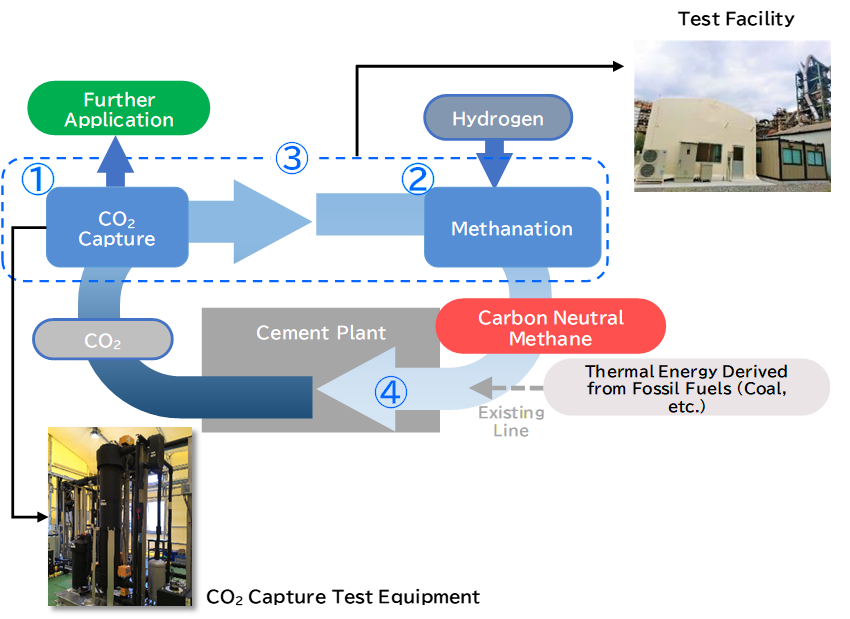
Figure1; Conceptual Diagram of Carbon Recycling
There is precedent for CO2 separation and recovery technology being installed at
chemical
plants and steel mills, but only on a small scale. CO2 recycling is also at use,
but not in
large-scale installations in cement plants yet in Japan.
Mr. Takahashi explains, “In reality, we at a stage where we do not know what the problems
will arise in CO2 recovery. Therefore, we are starting with small-scale
facilities,
repeatedly conducting studies to evaluate performance, identify problems, and take measures
to solve them. We have found a path to CO2 recovery and reuse through this
project, so now
we plan to expand the scale of our operations while building know-how.”
Mitsubishi UBE Cement Corporation is taking an active approach to achieving carbon
neutrality. We asked about Mr. Goto about the challenges the company will face in moving
forward with its policy.
“As you would imagine, we’re looking at cost increases. There’s a large investment required
that’s difficult to recover. We’ll continue closely monitoring the Japanese government’s
carbon pricing and other systems, and actively pursuing measures. However, I think it’s a
very difficult decision for the company to make at this point. We feel that the key point is
finding ways to reduce costs while enhancing the environmental value of our
products.”
The world is already on the path to carbon neutrality. The cement industry, which has high
CO2 emissions, will maintain its policy of initiatives in line with this
movement.
Mr. Goto says, “That is why we will continue our efforts to reduce and recover
CO2
emissions, while simultaneously actively taking on the challenge for technological
innovation, such as recycling. That will be our approach.”
INTERVIEWEES
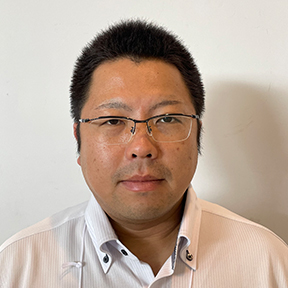
Kenichi Goto
Assistant Manager, Carbon-neutral Technology Promotion Office, Global Environment Preservation Project
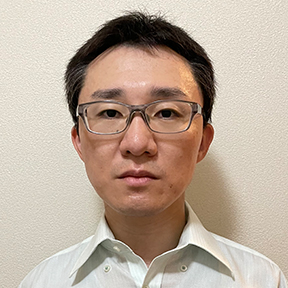
Tomohiko Takahashi
Assistant Manage, Cement Group, Cement Laboratory, Research & Development Center
Mitsubishi UBE Cement Corporation
2-1-1 Uchisaiwaicho, Chiyoda-ku, Tokyo, Japan
Mitsubishi Materials Corporation and UBE Corporation (formerly Ube Industries, Ltd.) integrated the two companies’ cement and related businesses, and Mitsubishi UBE Cement Corporation commenced operations in April 2022. Abbreviated as MUCC, the company’s number of consolidated employees stands at 8,070 (as of the end of March 2023). The company is involved in the cement and ready-mixed concrete businesses, the limestone resources business, environmental and energy-related business (coal business, electric power business, environmental and recycling business), and building materials business in Japan and overseas. It has approximately 110 affiliated companies.
